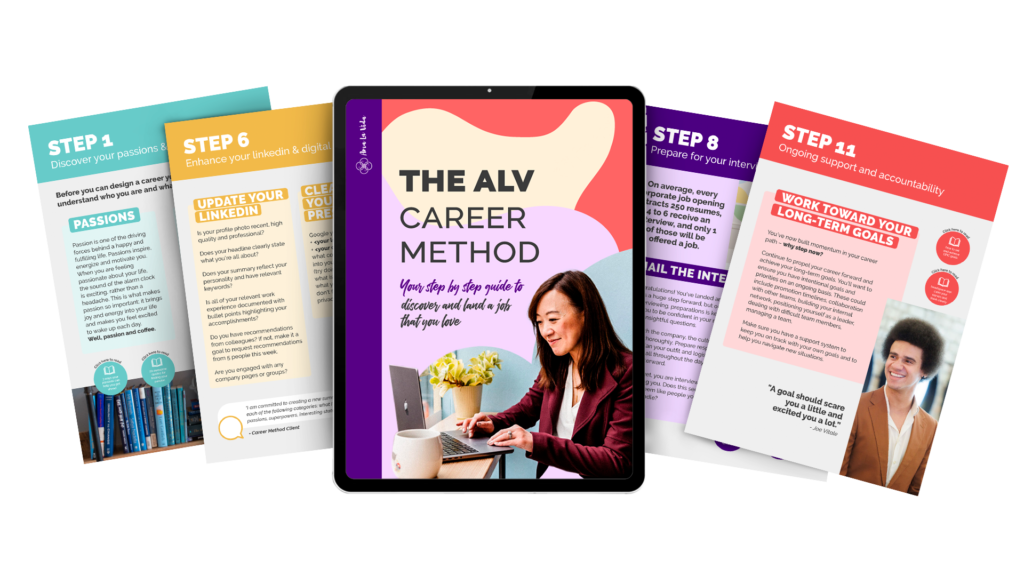4 Tips to Effectively Receiving Feedback

4 Tips to Effectively Receiving Feedback
How to Effectively Receive Feedback:
One of the biggest challenges leaders face is that they aren’t equipped with the tools to effectively deliver feedback. Therefore, when feedback comes our way, we don’t always know how to receive it. This misstep creates a loop that negatively impacts team development. Leaders owe it to their employees to be able to receive constructive feedback so that they can inspire growth in the people they serve. This is part of how leaders develop effective and collaborative teams.
Have you ever asked for feedback and the response is, “You’re doing great!” or “You could have done better with ___.” Neither of these comments are helpful nor do they inspire you to be better. In this post, I’m going to provide you with some high-level recommendations on how to receive feedback so that you can be more of who you already are. If you’re interested in learning more about how to deliver feedback, please check out the blog on How To Give Effective Feedback.
The Magic Questions.
There is no one size fits all solution on how to effectively provide feedback. Not everyone wants to hear feedback in the same way. Understanding our preferences will increase the likelihood that we will find feedback helpful and that we will be more willing to act on it. It all boils down to preference.
Most of us aren’t mind readers, so consider the following magic questions:
- Do you want immediate feedback, or do you prefer to postpone it?
- Do you prefer email/Slack or an in-person/video talk? If it’s the latter, should it be in your workspace, theirs, or a neutral spot?
Once you’ve answered these questions, it’s important to provide this context to your leaders so that they know what’s the best approach for your personality. This helps build trust and ultimately builds psychological safety so you are more willing to hear the feedback when it comes your way.
Feedback should always be considered a learning opportunity. I encourage all my clients to see feedback as a gift. We don’t always see our blind spots. Feedback can help reinforce strengths, align goals, and help us develop into better leaders.
Receiving Feedback Effectively.
Feedback doesn’t have to be scary. After all, it is information that helps us grow when we have the right mindset. The choice lies with us on what we decide to do with the information. We can protect ourselves from information that is irrelevant and not panic when our manager says, “Can I give you some feedback.”
With that in mind, here’s four tips on how you can make the most of the feedback you receive.
Tip #1: SIFT
Dr. Shanita Williams, the incredible coach, professor and author of Feedback Mentality coined the acronym SIFT, which stands for Source, Impact, Frequency, and Trends. According to her, leaders should consider each of these when receiving feedback to make the best decision on what you’d like to do with it.
Ask yourself the following when you have gotten feedback:
- Source: Who is the source of feedback? Is it someone whose opinion matters?
- Impact: What is the impact of feedback? Is it related to your work relationships or about changing the font on a PowerPoint?
- Frequency: How often am I hearing this feedback? Is this a common trend?
- Trends: Is this showing up at work or in other areas of my life?
Tip #2: Listen Empathetically, Understand the Message & Be Aware of Your Response
Listening empathetically means truly hearing the other, not interrupting, and not making assumptions. You can ask questions like, “this is what I’m hearing, can you please clarify?” Listen actively by repeating key points so that you know you have interpreted the feedback correctly. This helps clarify that you understand the feedback.
The important thing here is to not get defensive in your response. Body language and tone often speak louder than words, so avoid putting up barriers. Working with a Corporate Coach can help develop your capacity for listening as it’s an essential leadership skill.
Tip #3: Practice Openness
This means being receptive to new ideas and different opinions. Often, there is more than one way of doing something and others may have a completely different viewpoint on a given topic. You may learn something worthwhile. Openness requires us to observe, understand, express our feelings and then decide what we want to do with the information. By expressing openness with our feelings, we can then decide what the best next steps are for ourselves.
Tip #4: Ask for Time to Process & Follow Up
It’s okay to ask for time to process the feedback you are getting. Tell the person delivering the feedback that you want to revisit this feedback later. Take notes for clarity. You can always say, “thank you for this. I’d love some time to think about it and get back to you.” You can follow-up then in a number of ways, such as with a follow-up conversation, or it could simply involve implementing the suggestions given to you.
Feedback is a Gift.
There is always going to be a level of discomfort with receiving feedback. It’s probably not going to be your favorite moment when someone says, “hey, can I give you some feedback?” These practical tips and suggestions will help alleviate any stress when it comes to receiving feedback and remind you that feedback is and always should be treated as a gift. Treating feedback as a gift can be a useful tool in becoming the best leader you can be.








